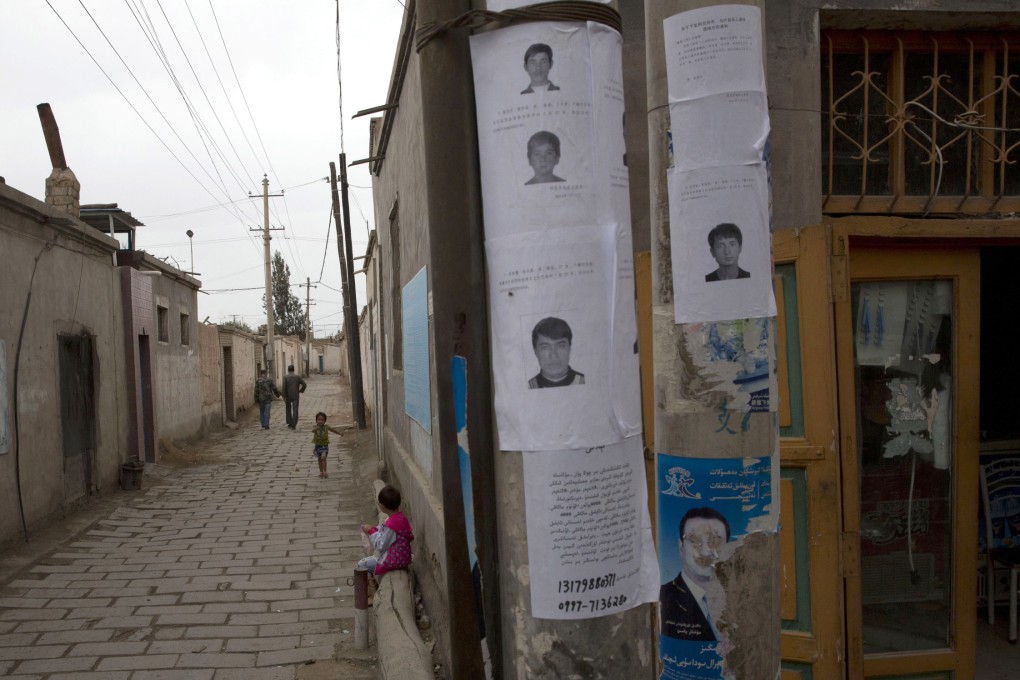China's worrying use of capital punishment for political ends
Franklin Zimring and David Johnson cite treatment of Uygur separatists

It had been a quiet two years in the news concerning capital punishment in China but the political agenda of recent announcements of executions is a cause for concern.
China remains by far the world's centre of state executions, but the number of executions has dropped dramatically in the past decade, from 10,000 to 15,000 a year around 2000, to 2,000 or so last year. Precise numbers are impossible to obtain, but some of the motives for Beijing's attempt to reduce execution totals can be discerned.
China is sensitive to the objections that come from the massive scale of its executions and from publicity about miscarriages of justice. Beijing also wanted to reassert its authority over local governments that had been executing without supervision under the "strike hard" policies that started in the early 1980s.
The reforms China adopted in 2007 had some effect on the rate of executions, through the issuance of guidelines and the restoration of national judicial review, but much of the 80 per cent or more decline in executions came as local governments responded to Beijing's message of restraint.
If this is the good news about capital punishment in China, the bad news concerns the willingness of the regime to carry out executions as a policy to punish political dissent and challenges to national authority.
In June, there was a widely publicised execution of 13 Uygurs for what Chinese authorities characterised as "terrorist attacks". The publicity was no accident in a nation where the vast majority of trials and executions take place under the radar of media coverage.